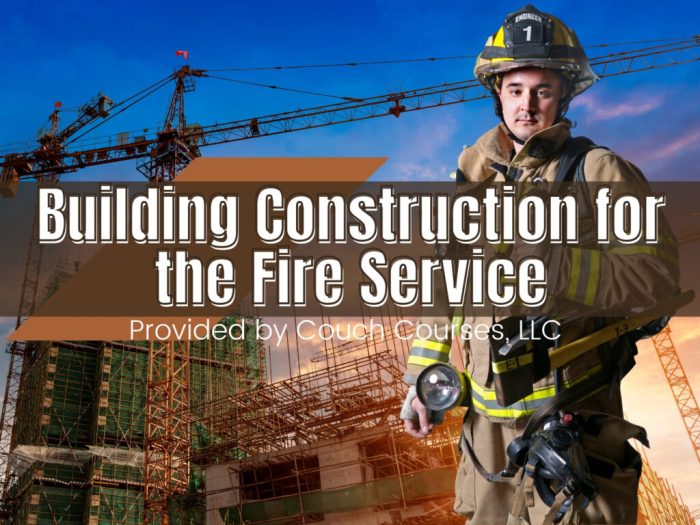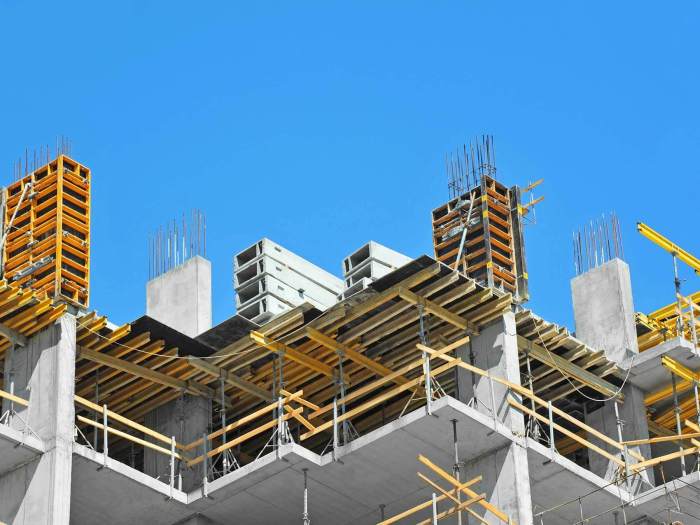Brannigan’s Building Construction for the Fire Service is an authoritative and comprehensive resource that provides essential guidance on the design, construction, and operation of fire stations. This indispensable guide covers a wide range of topics, from specialized building techniques and materials to fire suppression systems and training facilities, ensuring that fire stations meet the unique demands of firefighting operations and provide a safe and efficient work environment for firefighters.
Fire stations play a critical role in protecting communities from fires and other emergencies. As such, their design and construction must adhere to rigorous standards to ensure the safety and effectiveness of firefighters. Brannigan’s Building Construction for the Fire Service provides a comprehensive overview of the specialized techniques and materials used in fire station construction, including fire-resistant materials, structural designs, and innovative technologies that enhance safety and efficiency.
Building Construction Techniques and Materials
Fire stations require specialized building construction techniques and materials to ensure the safety and efficiency of firefighters during emergencies. These techniques include:
Fire-Resistant Materials
- Concrete and steel: These materials have high fire resistance ratings and can withstand extreme heat and flames.
- Fire-rated gypsum wallboard: This material provides fire protection for interior walls and ceilings.
- Fire-resistant glazing: Windows and doors made from fire-resistant glass or polycarbonate can prevent the spread of fire and smoke.
Structural Designs
- Compartmentalization: Fire stations are divided into compartments to prevent the spread of fire and smoke.
- Fire-rated doors: Doors with fire-resistant ratings help to contain fires within specific areas.
- Fire-rated ventilation systems: Ventilation systems are designed to remove smoke and heat from the building while maintaining air quality.
Innovative Materials and Technologies
- Nanotechnology: Fire-resistant coatings and materials based on nanotechnology can enhance the fire resistance of building components.
- Smart building materials: Sensors and monitoring systems can detect fire and smoke early on, enabling faster response and evacuation.
- Self-healing materials: Materials that can repair themselves after exposure to fire or heat damage, improving building resilience.
Fire Station Design and Layout

The optimal design and layout of fire stations consider factors such as response time, traffic flow, and firefighter safety. Key elements include:
Floor Plan
A modern fire station typically has the following areas:
- Apparatus bay: Houses fire trucks and other emergency vehicles.
- Living quarters: Provides sleeping, dining, and recreational facilities for firefighters.
- Training room: Used for training and drills.
- Equipment storage: Stores firefighting gear, tools, and supplies.
- Administrative offices: For administrative and management functions.
Traffic Flow
The layout of the station should allow for efficient movement of vehicles and personnel during emergencies.
Firefighter Safety
The design should prioritize firefighter safety by providing escape routes, smoke detectors, and other safety features.
Fire Suppression Systems and Equipment: Brannigan’s Building Construction For The Fire Service

Fire stations are equipped with various fire suppression systems and equipment to ensure the safety of firefighters and the building.
Sprinkler Systems
Sprinkler systems are designed to automatically discharge water to suppress fires.
Fire Alarms
Fire alarms detect smoke or heat and trigger an alarm to alert firefighters and occupants.
Ventilation Systems
Ventilation systems remove smoke and heat from the building, improving visibility and air quality.
Importance of Maintenance and Testing
Regular maintenance and testing of these systems are crucial to ensure their effectiveness during emergencies.
Training Facilities and Simulations
Training facilities and simulations are essential for firefighter training and preparedness.
Importance of Training Facilities
Training facilities provide a controlled environment for firefighters to practice firefighting techniques and emergency response procedures.
Comprehensive Training Program
A comprehensive training program should include:
- Hands-on exercises: Practical drills and scenarios.
- Virtual reality simulations: Immersive simulations to train firefighters in realistic emergency situations.
- Classroom instruction: Theoretical knowledge and best practices.
Sustainability and Environmental Considerations
Fire stations can incorporate sustainable and environmentally friendly practices in their construction and operation.
Green Building Practices
- Energy-efficient appliances and lighting.
- Water-saving fixtures.
- Recycled building materials.
Environmental Impact Reduction
These practices can reduce the environmental impact of fire stations, including:
- Lower energy consumption.
- Reduced water usage.
- Minimized waste generation.
Architectural and Aesthetic Design

Fire stations often reflect the architectural and aesthetic styles of their surrounding communities.
Architectural Considerations
Architectural considerations include:
- Building height and massing.
- Roof design and materials.
- Facade materials and finishes.
Aesthetic Design, Brannigan’s building construction for the fire service
Aesthetic design elements can enhance the appearance and appeal of fire stations:
- Color schemes and textures.
- Landscaping and outdoor spaces.
- Public art and murals.
FAQ Summary
What are the key considerations for fire station design?
Fire station design should prioritize factors such as response time, traffic flow, firefighter safety, and the efficient deployment of equipment.
What types of fire suppression systems are commonly used in fire stations?
Fire stations typically employ a combination of fire suppression systems, including sprinklers, fire alarms, and ventilation systems, to ensure rapid and effective fire suppression.
How can fire stations incorporate sustainability and environmental considerations?
Fire stations can adopt green building practices and technologies, such as energy-efficient lighting, solar panels, and rainwater harvesting systems, to reduce their environmental impact.